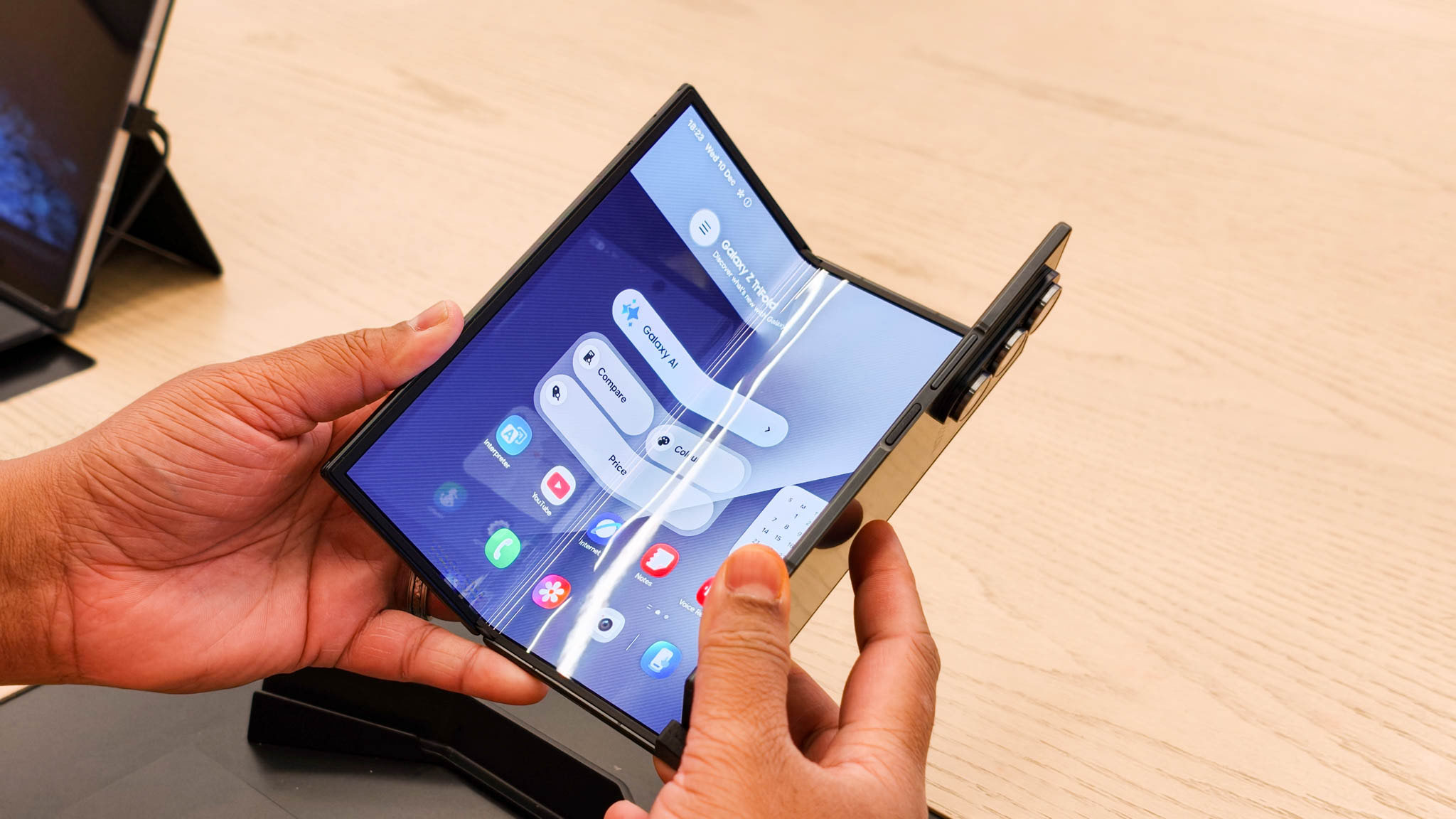I used the Pixel 9 Pro XL for two months — here's what I like (and dislike)
It may not be the fastest phone around, but the Pixel 9 Pro XL comes with plenty of cool upgrades.
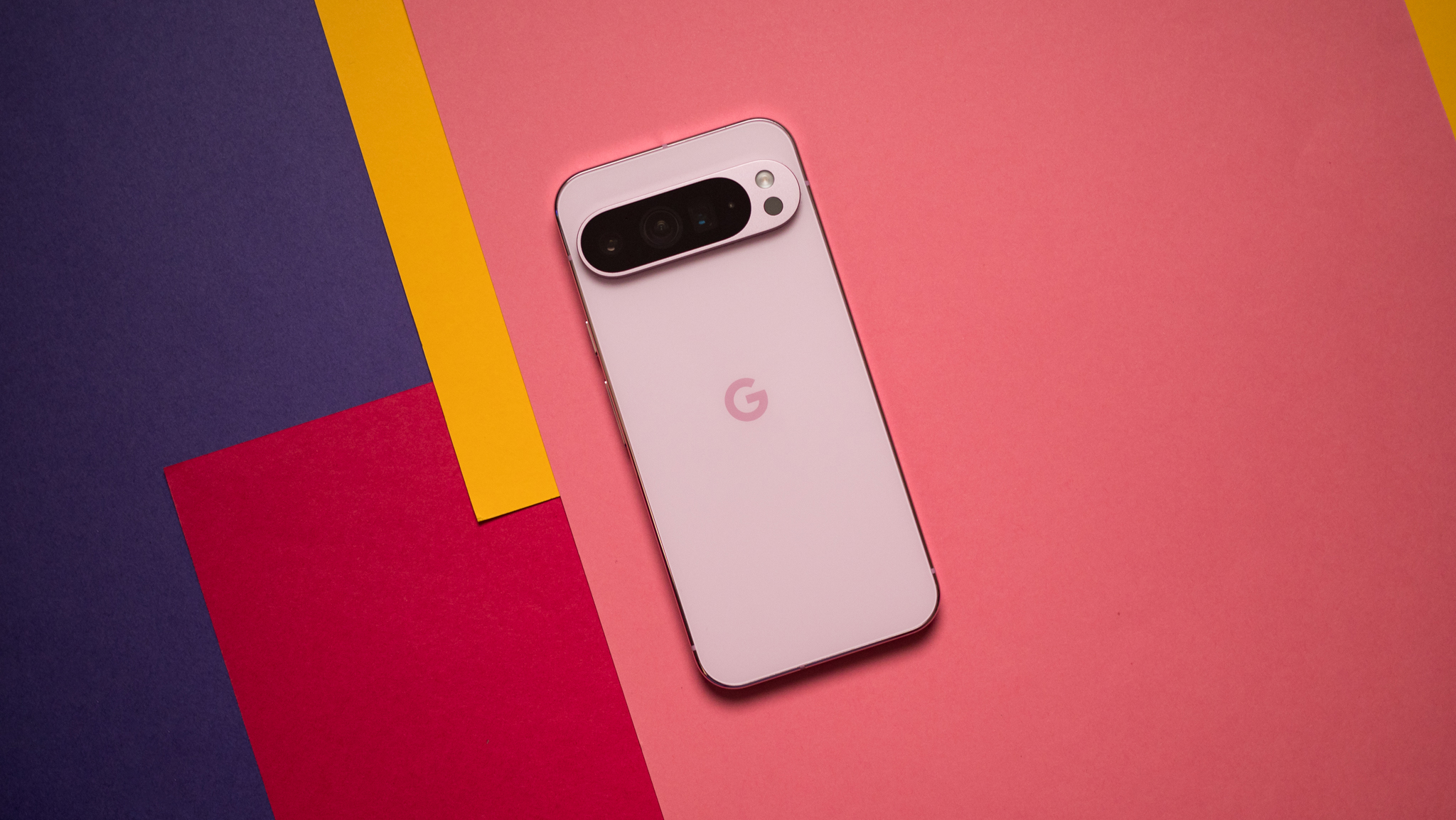
I get to use a lot of phones, and while I routinely switch between devices, there are a few times in the year when I'm able to use a phone for an extended duration. That's exactly what I did with the Pixel 9 Pro XL; I started out with the device shortly after its release, and I racked up close to two months of use.
That's a big deal in itself, because I wasn't keen on the Pixel 9 Pro XL initially. Google changed the aesthetic this generation, going with flatter sides and eschewing some of its design ethos. The phone looks so much like an iPhone 16 Pro Max that it's easy to confuse the two. The design changes means the Pixel 9 Pro XL is no longer as comfortable to hold and use as its predecessors, and it necessitates a case — I went with Thinborne's ultra-thin case, and I wouldn't use the device without it.
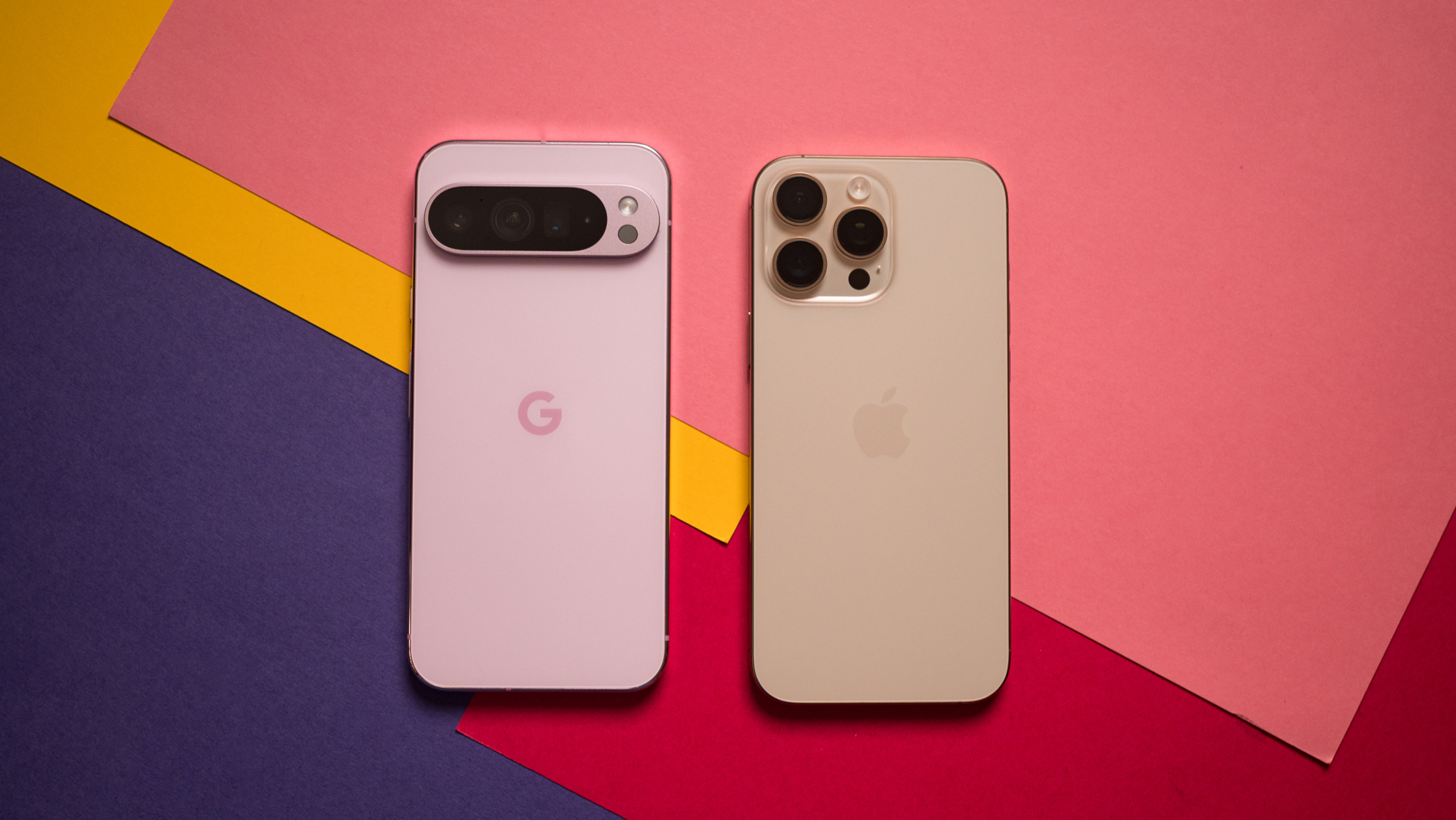
While the design isn't as evocative, I will admit that the Pixel 9 Pro XL has much better build quality than any Pixel phone to date. After two months of extended use, the phone doesn't have any hardware issues or problems with build quality, and that's a refreshing change of pace.
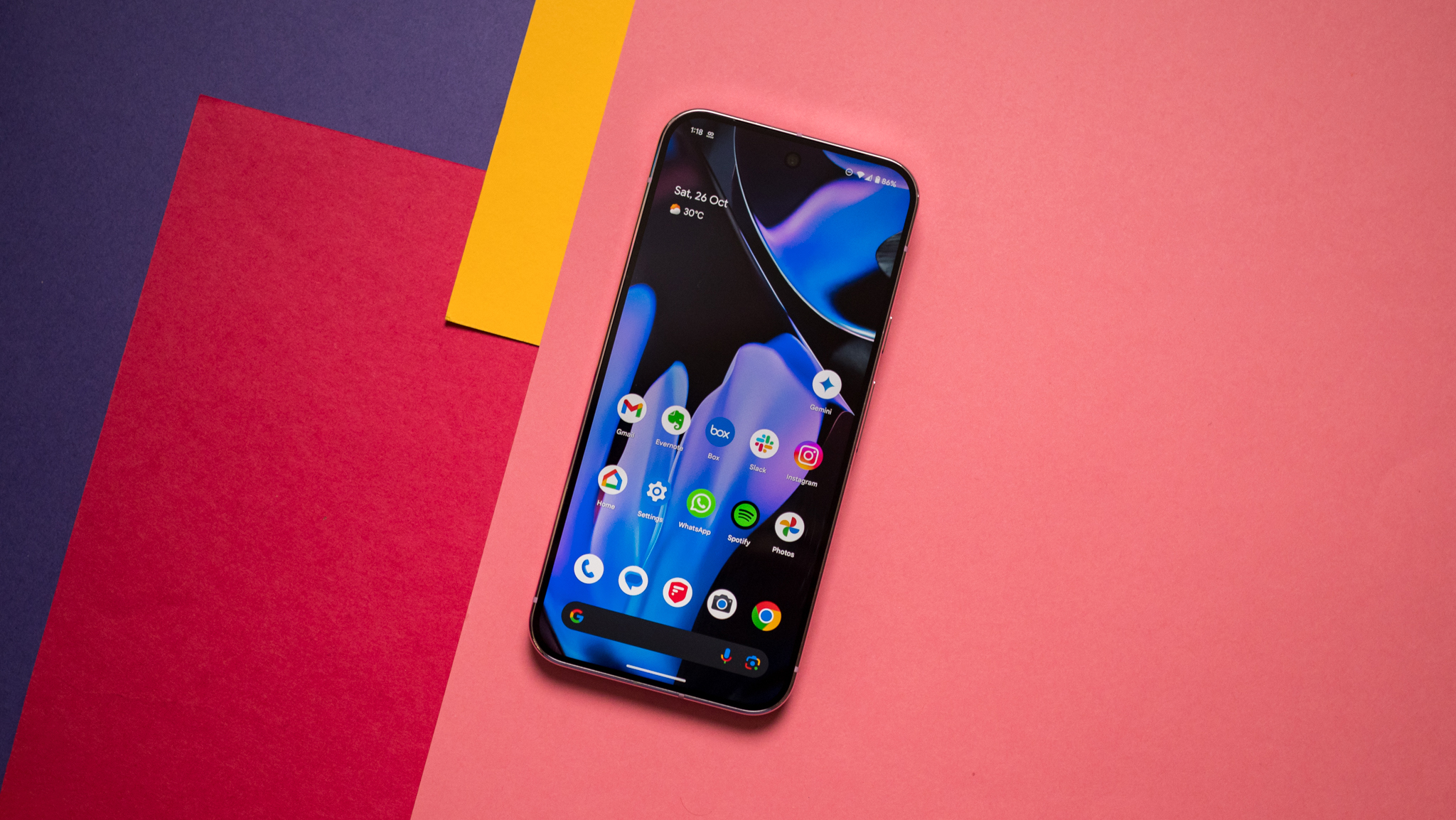
In a similar vein, the Pixel 9 Pro XL has the brightest OLED panel of any phone I used in 2024. While Chinese manufacturers talk about their devices being able to hit 5000 nits in HDR content, the reality is that those figures are meaningless in daily use. What you actually need is a panel that gets consistently bright under harsh sunlight, and the Pixel 9 Pro XL outmatches every other phone in this regard, including the Find X7 Ultra, Vivo X100 Ultra, Galaxy S24 Ultra, and the iPhone 16 Pro Max.
Clearly, Google knew what it was doing when setting up the OLED display, and although you don't get much in the way of customizability — there are just two color modes and no ability to adjust overall balance — it is calibrated well out of the box, and has good color accuracy and vibrancy.
But just like previous Pixels, the ambient light sensor takes a second or two longer to adjust the brightness when you go into a dimly-lit room (or vice versa), and it's annoying enough that I just manually tweak the brightness with the slider. Other than that, I didn't have any problems with the screen.

Hardware continues to be a stumbling block for Google, and although the Pixel 9 Pro XL is powered by the newer Tensor G4, there's not much in the way of difference over the G3 in daily use. It doesn't overheat thanks to active thermal management (finally!), but it just isn't as powerful as the Snapdragon 8 Gen 3 or MediaTek Dimensity 9300 — much less the Snapdragon 8 Elite and Dimensity 9400.
Get the latest news from Android Central, your trusted companion in the world of Android
Google needs to address this issue, because as good as the Pixel 9 Pro XL is in a lot of areas, it just doesn't measure up to other phones when it comes to performance. That may change over the next two years if the leaks pointing to Google switching to TSMC have any weight, but that doesn't change the fact that the 9 Pro XL is hobbled in this regard.
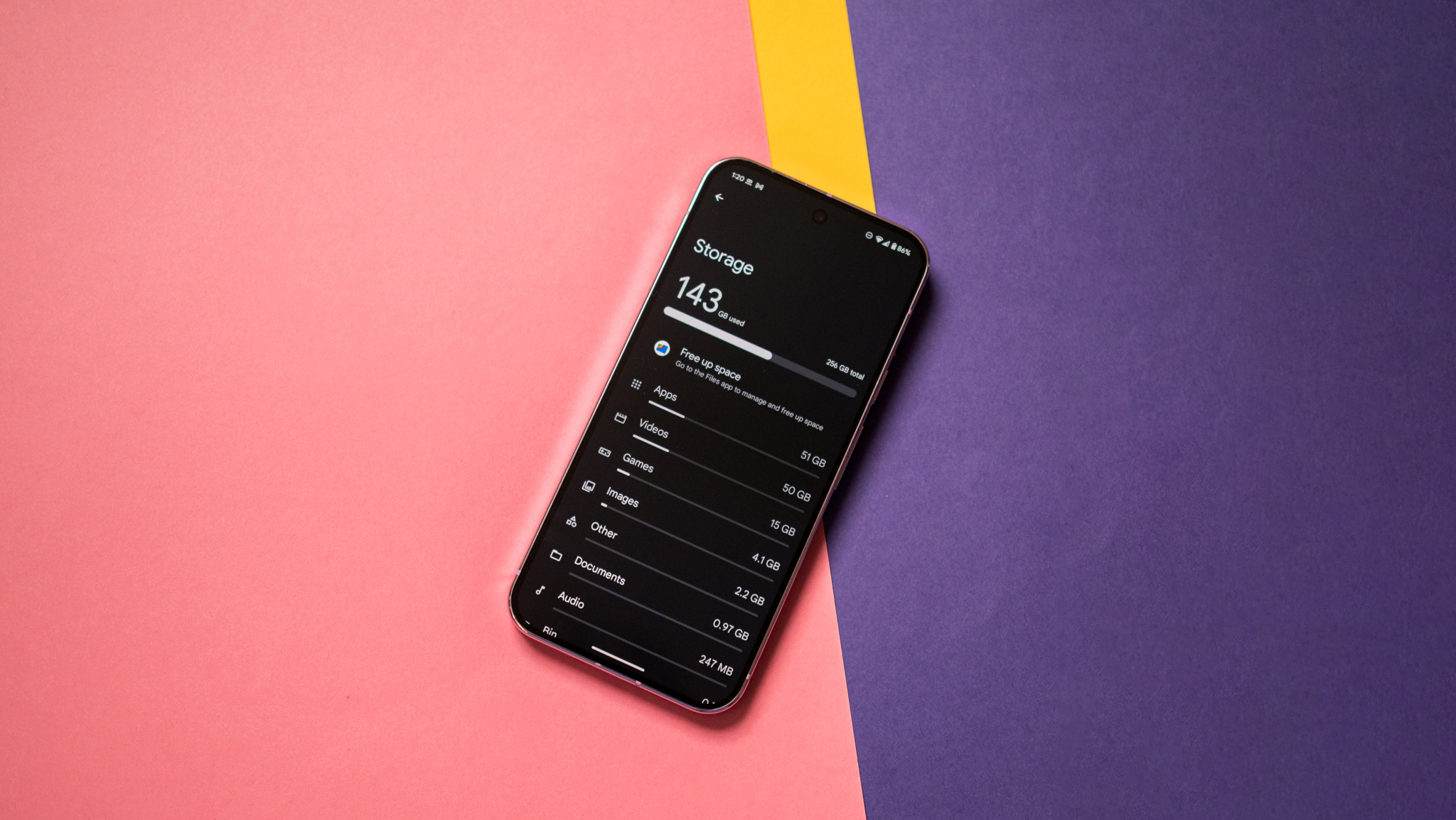
On that note, Google continues to peddle 128GB storage with the base model; even mid-range phones now offer 256GB of storage as standard, and this move feels stingy. Thankfully, Google only sells 256GB models in India, and that's the one I'm using now. Even then, I went through 57% of available storage (146GB), and have 110GB left. This is after just two months of use, and as much as I'm loathe to do so, I predict I'll need to delete locally-stored photos and videos shortly.
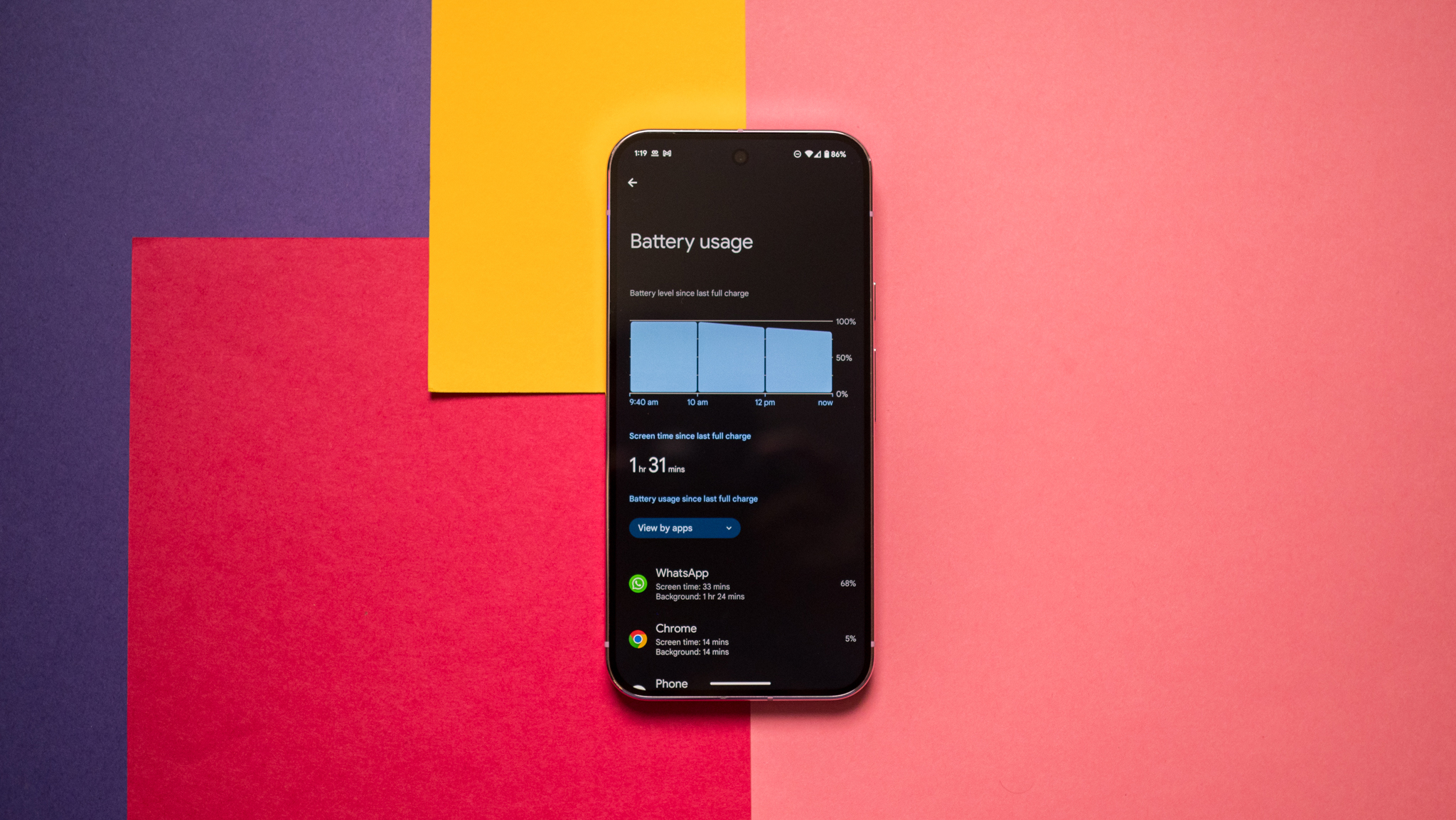
Battery life is noticeably better than the Pixel 8 Pro, and I routinely got a day's worth of use consistently. I averaged a day and a half between charges on most other flagships this year, so while the Pixel 9 Pro XL doesn't measure up in that regard, if you're coming from an older Pixel, you will see a sizeable difference.
What still sucks is the charging tech; while the device goes up to 33W in short bursts, it's on the lower end of the scale when it comes to charging. It takes nearly 80 minutes to fully charge the device, and that's twice as long as the OnePlus 12. I don't see Google doing anything about the charging situation, and the only upside is that the iPhone 16 Pro Max takes even longer to charge.
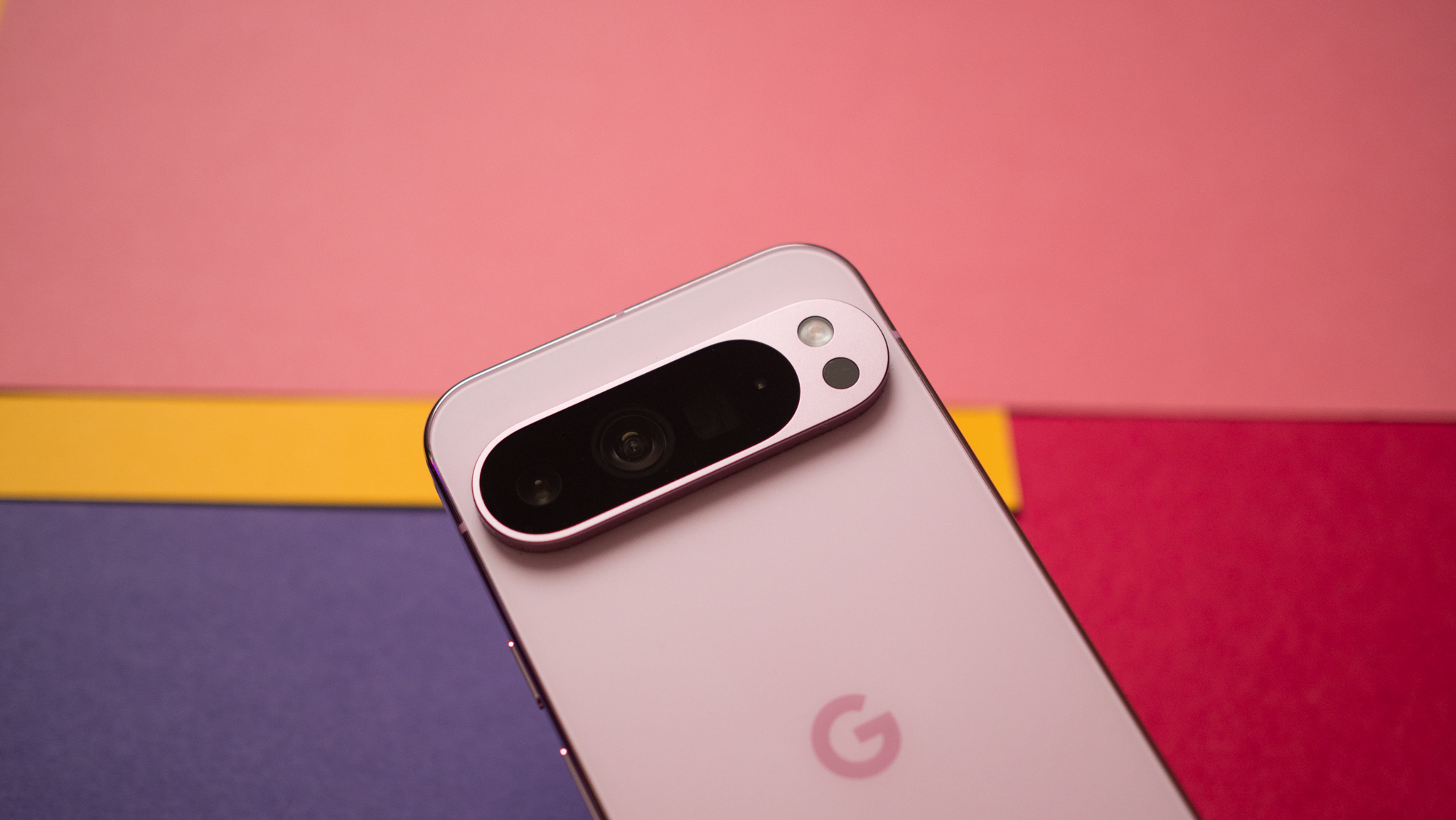
One of the main reasons to use Pixels is the cameras, and Google rolled out a lot of upgrades on the Pixel 9 Pro XL. The phone takes fantastic photos in any situation, and you get usable shots at up to 10x zoom. What I like about the Pixel camera is that it does a better job with motion tracking than most other phones, so if you have kids, you'll get clear photos even when they're constantly in motion — unlike Samsung.
That said, Google no longer has the definite edge in image quality. Chinese brands made sizeable gains over the last 18 months, and the Xiaomi 14 Ultra, Find X7 Ultra, Vivo X100 Pro, and X100 Ultra all take better photos and videos than the Pixel 9 Pro XL. Where I see the biggest difference is with portrait imagery; by doubling zoom lenses as portrait shooters, Vivo in particular delivers outstanding portrait shots that are on par with dedicated cameras.
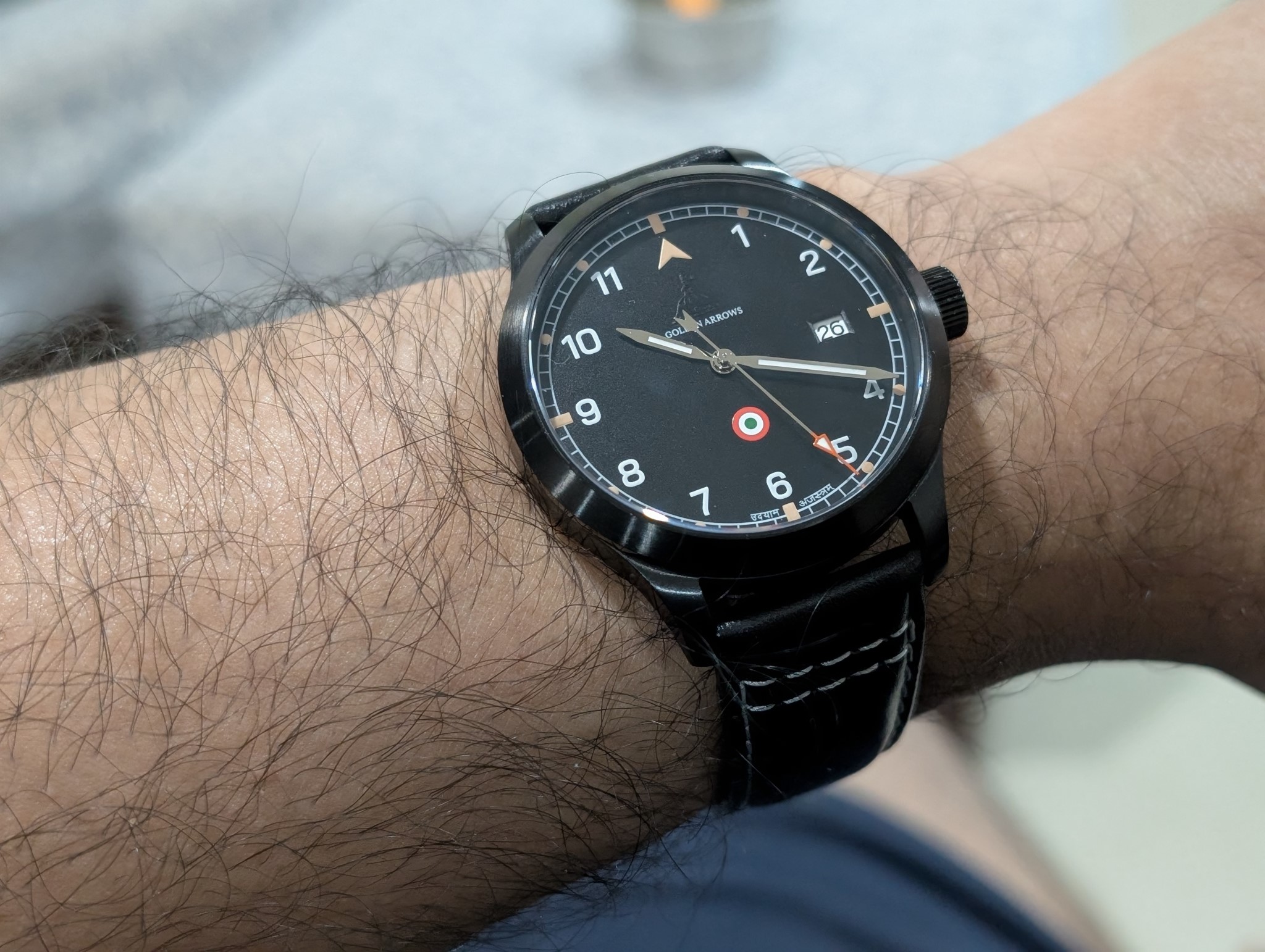
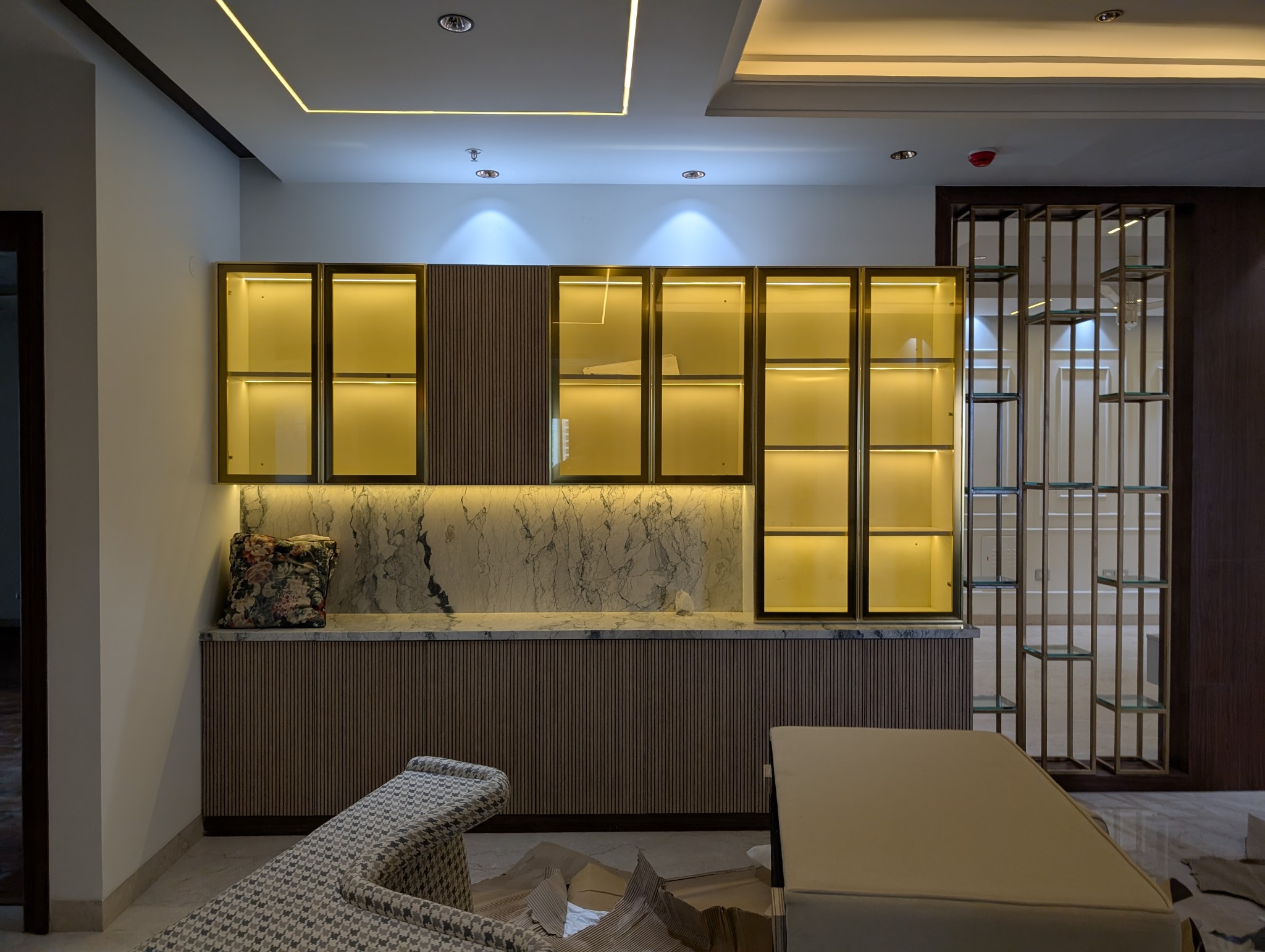
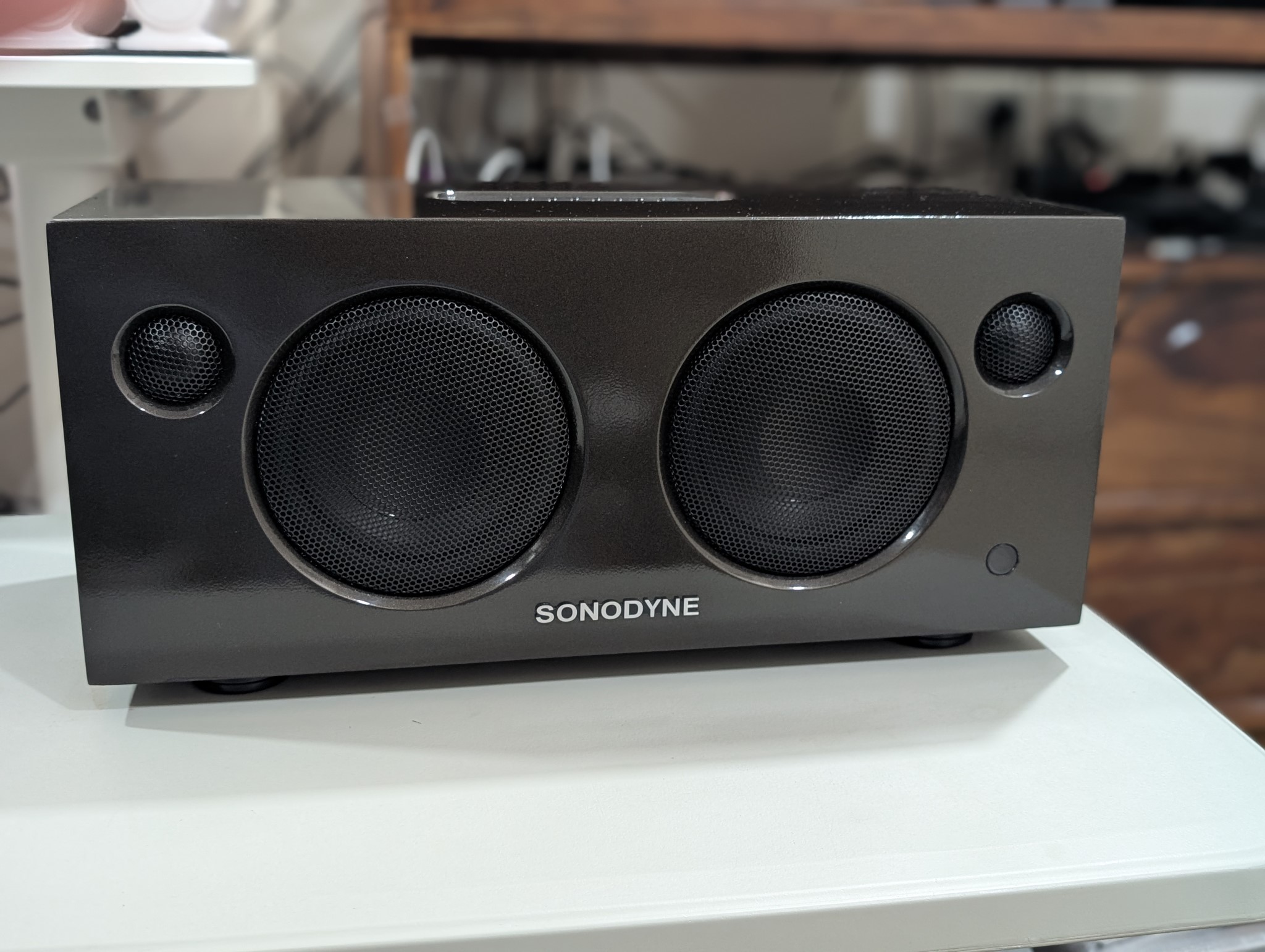
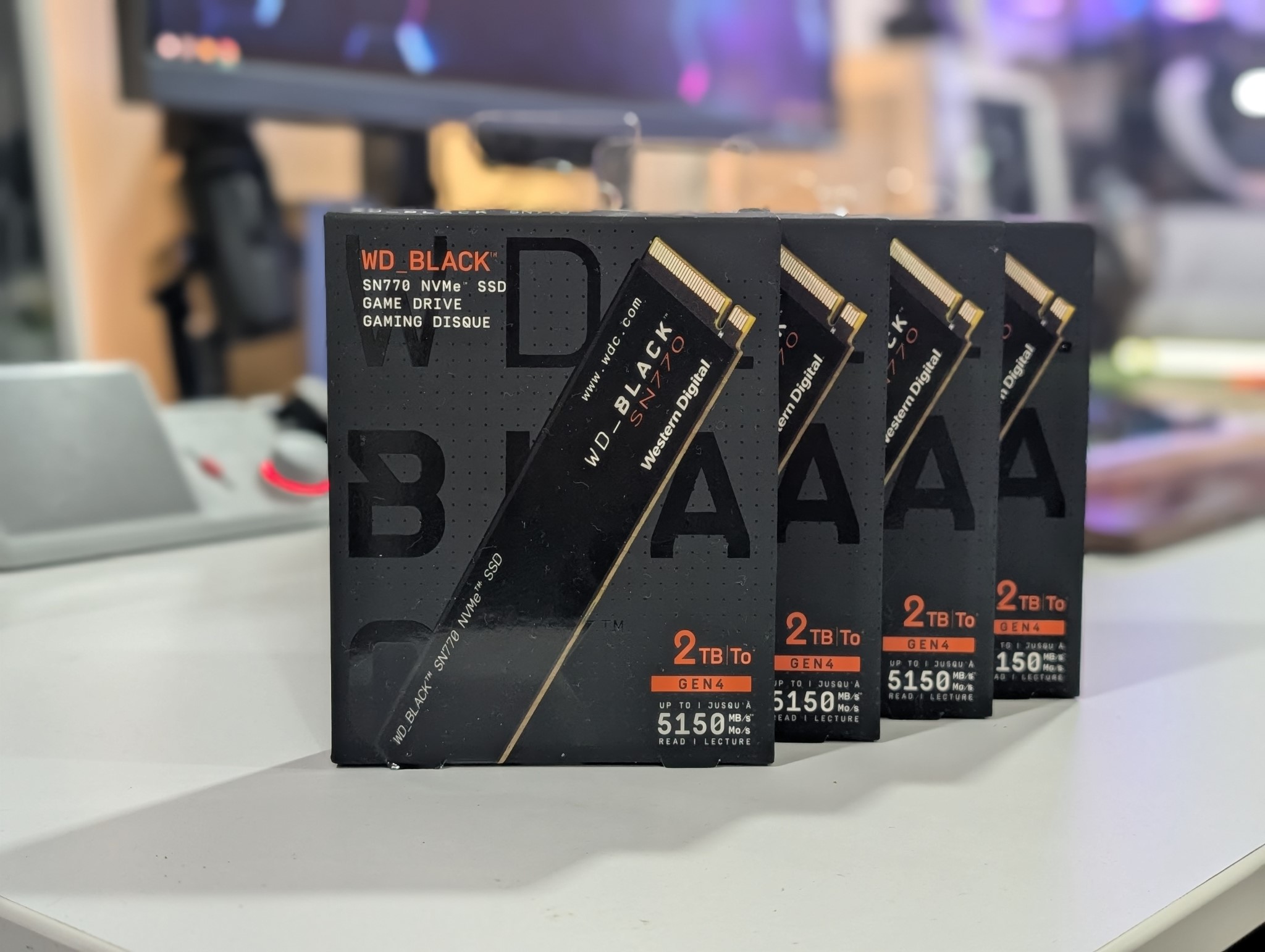


Google's reliance on software to eke out better photos clearly is a differentiator, but these brands use bigger sensors and do a great job with tuning, and the result is that the Pixel is no longer the device I go to if I want to take photos or videos — that honor now goes to Vivo's X100 Ultra or X100 Pro. I'm not saying that the cameras on the Pixel 9 Pro XL are bad — it's still better than the Galaxy S24 Ultra and iPhone 16 Pro Max — but it no longer measures up to the 1-inch sensors being fielded by Chinese brands.
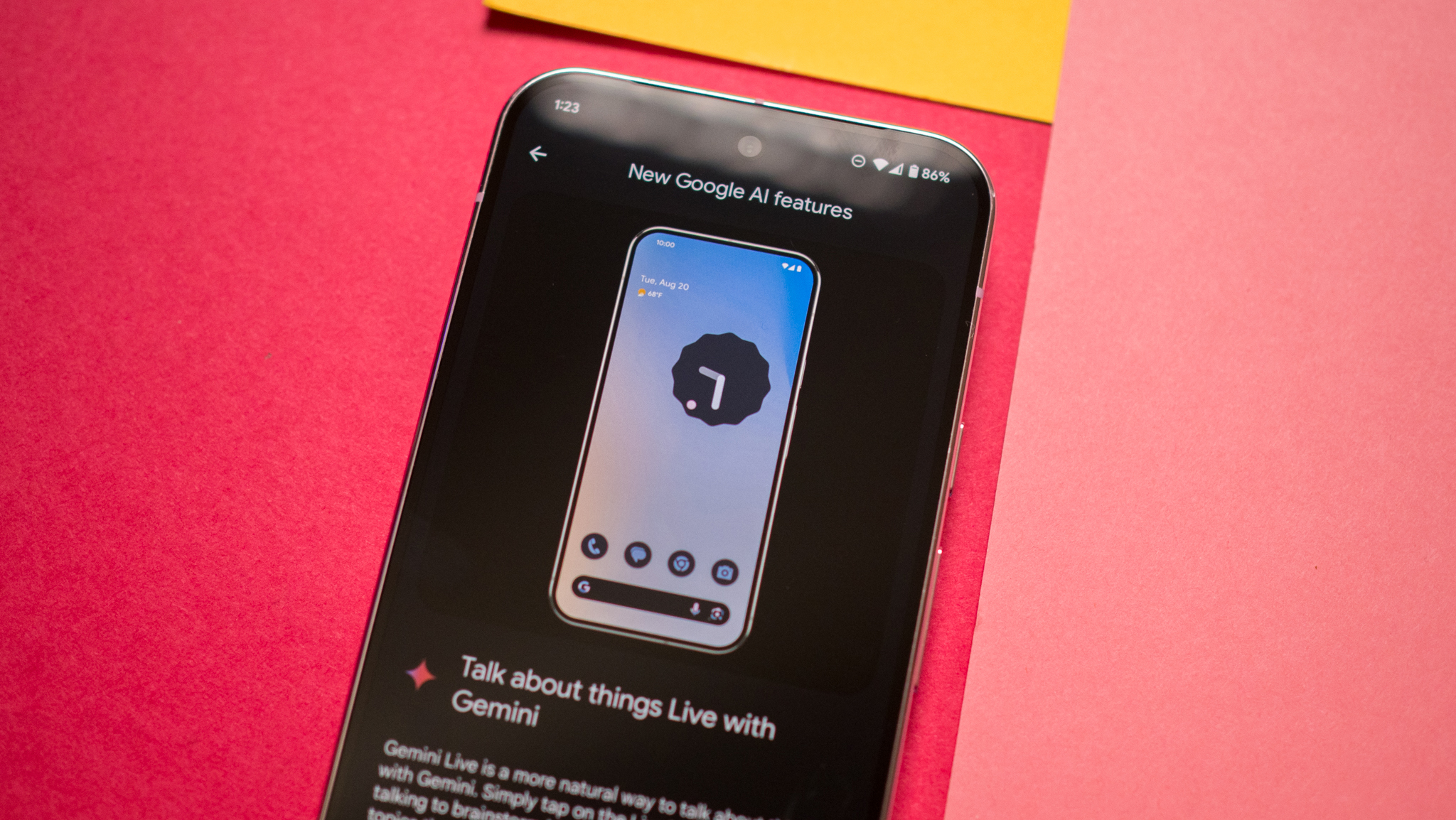
Where Google has an insurmountable advantage is with on-device AI; the Pixel 9 Pro XL comes with AI features that are actually good, and I routinely use most of these features. Add Me is astonishingly good at taking group shots, Magic Editor and Unblur continue to be fabulous at fixing details in images after the fact, and Pixel Studio is decent at generating imagery on the fly.
While I don't see the point of Gemini yet, the one-year Gemini Advanced trial was enticing enough that I tried out the assistant sporadically. It's good with summarizing articles and pulling up contextual details, but it's limited in what it can do at the moment.
I ended up using Pixel Screenshots a lot more than I thought I would, and it's small things like this that make using the Pixel 9 Pro XL enjoyable. Having the ability to surface relevant information within screenshots and make it searchable is a big deal, and it definitely comes in handy.

Another thing that Google absolutely nails is the software. Honestly, I prefer using Pixels over more powerful devices solely because of the software — that's why I went back to the Pixel 8 Pro at the start of the year. Although the Android 15 update doesn't have noteworthy additions, it delivered much-needed fluidity to the interface, and that made a big difference in how I use the 9 Pro XL.
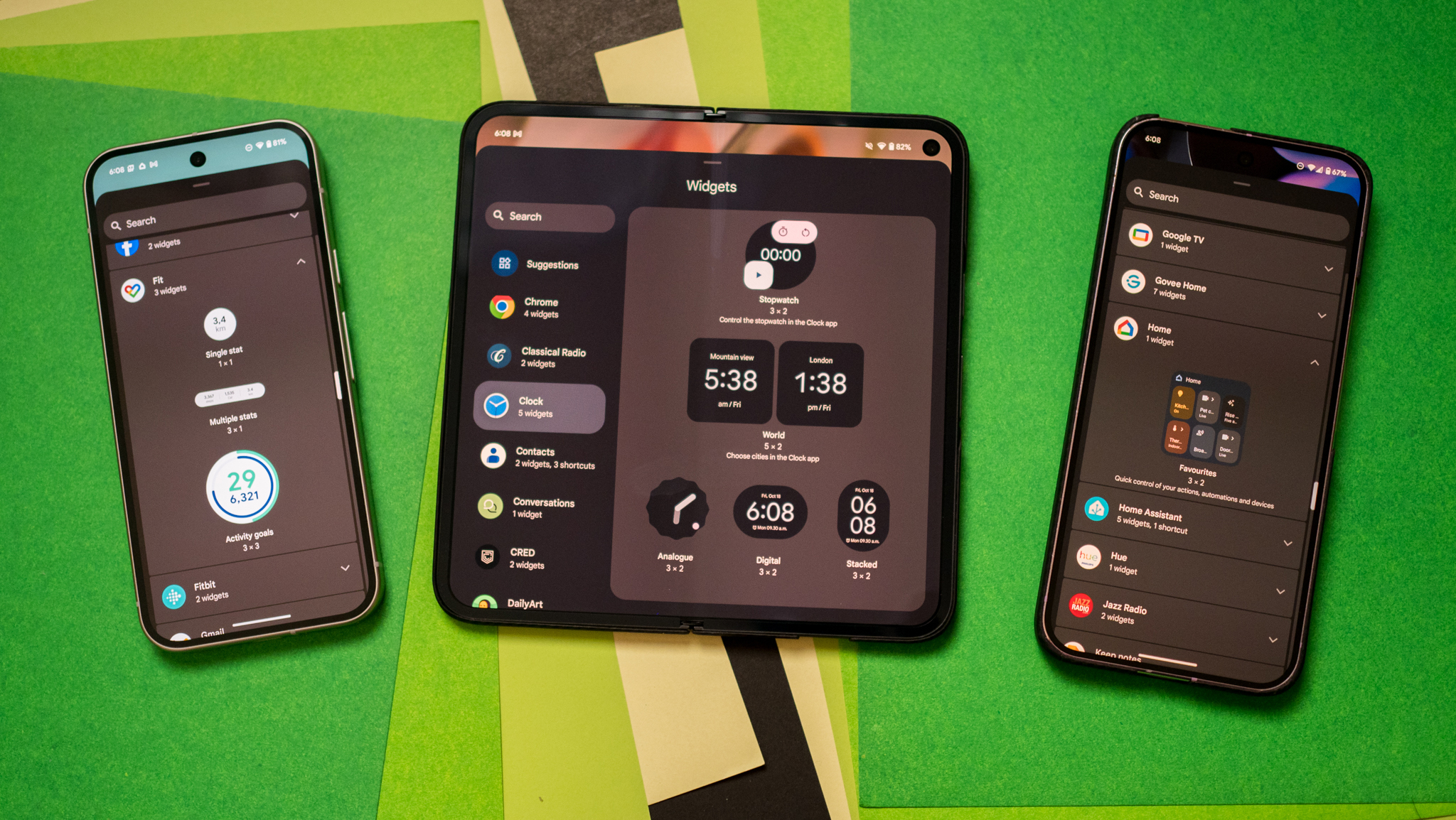
I understand that not everyone likes the Material You interface, and that's okay; between One UI, MIUI, ColorOS, MagicOS, and Funtouch OS, there's no shortage of variety if you want a customized UI, and if you've been using Android for a while, there's a good chance that you dialed in on your preference by now.
I like Google's software vision, and that's the reason I predominantly use Pixels; I use devices with ColorOS and Funtouch OS extensively over the course of the year, but I always come back to Pixels because of the software. One added benefit with Pixels is getting the latest Android release on day one; I installed Android 15 on my Pixel 9, 9 Pro XL, and 9 Pro Fold immediately after the stable build rolled out, and that's just not feasible with any other Android brand.

As someone who uses Pixels a lot, I like the changes with the Pixel 9 Pro XL. The device doesn't quite have the same design elegance as last year, but it still manages to look good in its own right. I want Google to address the hardware shortcomings, but we may not get to see any progress on this front until the Tensor G6 rolls out.
The 9 Pro XL has terrific cameras, and while it doesn't have outright mastery in this area, you'll only notice a difference if you've used Vivo's X100 Pro or X100 Ultra this year. If we're just counting phones sold in North America, Google still has the definite edge. Ultimately, it's the software that makes using Pixels enjoyable, and that hasn't changed this year.
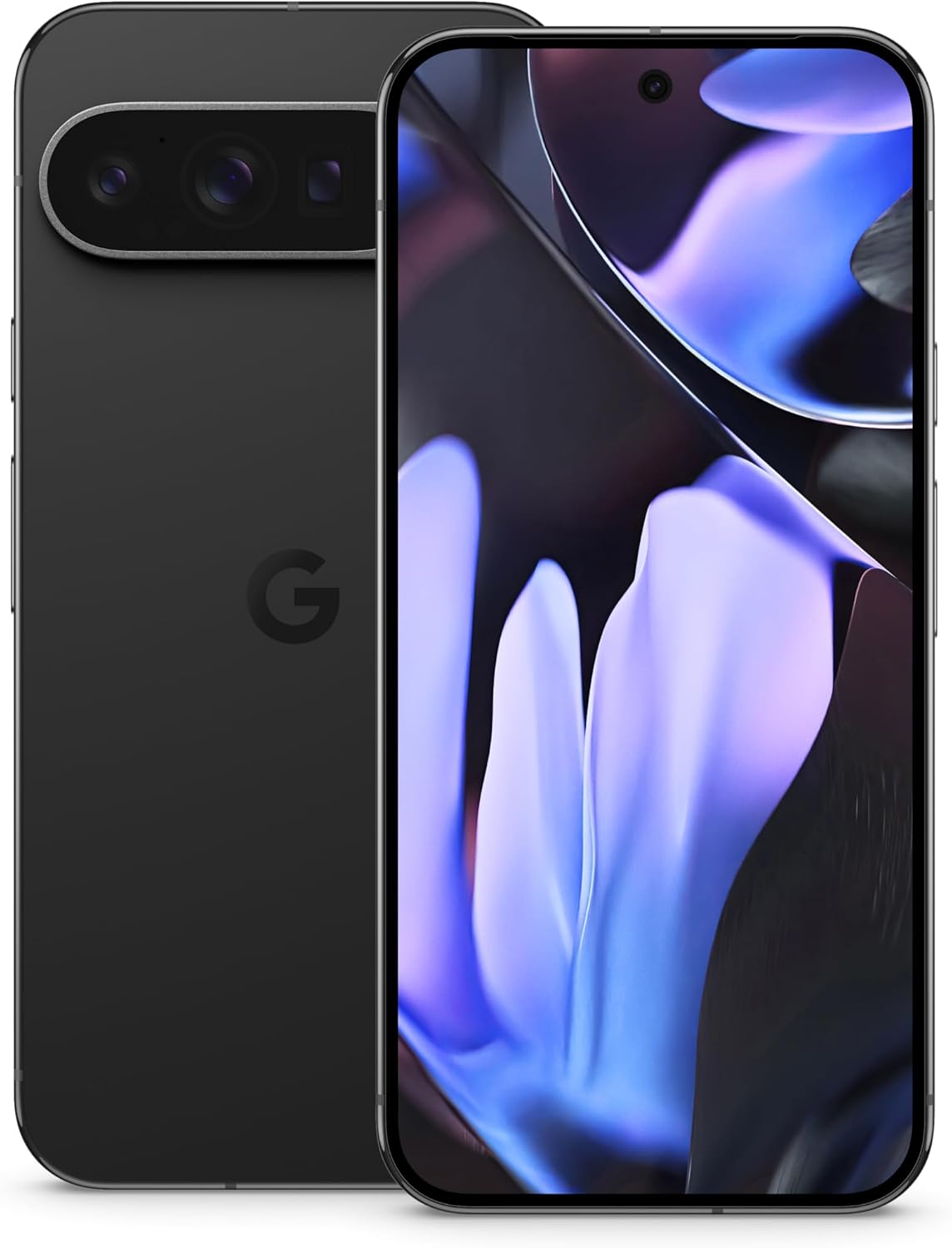
Honestly, the Pixel 9 Pro XL is better than I thought it would be. The hardware still isn't on par with rivals, but in all other areas, it is a terrific showcase for what Google can deliver.

Harish Jonnalagadda is Android Central's Senior Editor overseeing mobile coverage. In his current role, he leads the site's coverage of Chinese phone brands, networking products, and AV gear. He has been testing phones for over a decade, and has extensive experience in mobile hardware and the global semiconductor industry. Contact him on Twitter at @chunkynerd.
You must confirm your public display name before commenting
Please logout and then login again, you will then be prompted to enter your display name.
